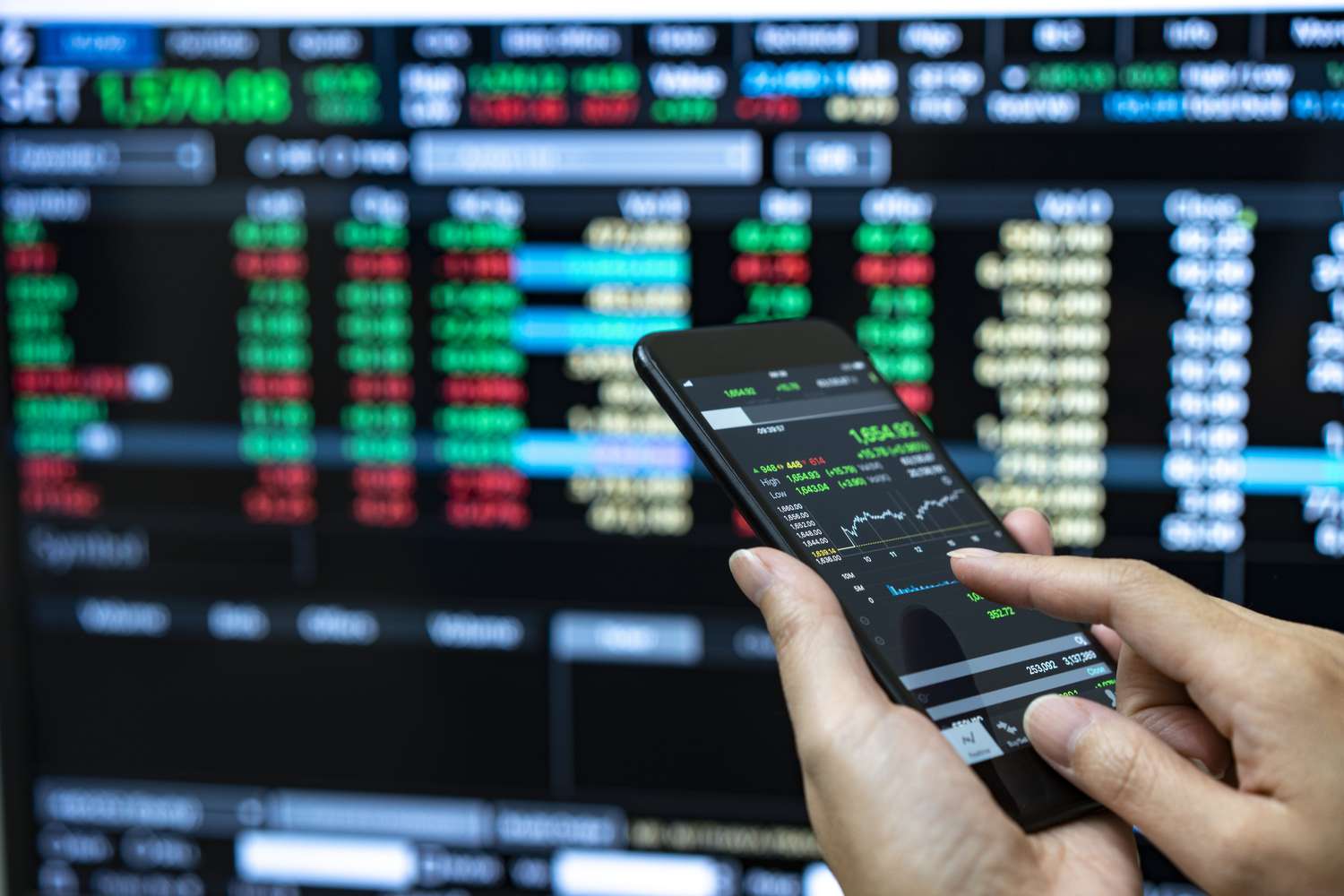What is Forex Trading? Your Educational Intro
Forex, short for Foreign Exchange, is the global marketplace for trading national currencies. Imagine it as a worldwide network where one country's currency is exchanged for another.
It is the largest and most liquid financial market in the world, operating 24 hours a day, five days a week.
How Does it Work?
Trading in Pairs: Currencies are always traded in pairs (e.g., EUR/USD). When you trade, you are simultaneously buying one currency and selling the other.The first currency is the Base Currency, and the second is the Quote Currency.
The price shows how much of the Quote Currency it takes to buy one unit of the Base Currency.
The Goal: Profit from Movement: Traders aim to profit from the constant fluctuations in exchange rates.
If you believe the Base Currency will strengthen (rise) against the Quote Currency, you Buy the pair.
If you believe the Base Currency will weaken (fall), you Sell the pair.
Key Concepts to Know:
Pips: A "pip" (Percentage in Point) is the smallest unit of price movement in a currency pair, typically the fourth decimal place. This is how profit and loss are measured.Leverage: This allows traders to control a large position with a relatively small amount of capital (the margin). While it can magnify profits, it also significantly amplifies risk and potential losses.
Analysis: Successful trading relies on:
Fundamental Analysis: Studying economic data, interest rates, and geopolitical events that affect a currency's value.
Technical Analysis: Examining price charts and historical data to identify trends and predict future movements.
Disclaimer: Forex trading involves significant risk and is not suitable for all investors. Never invest money you cannot afford to lose. Start with a reliable, regulated broker and practice with a Demo Account to learn the ropes before risking real capital.





